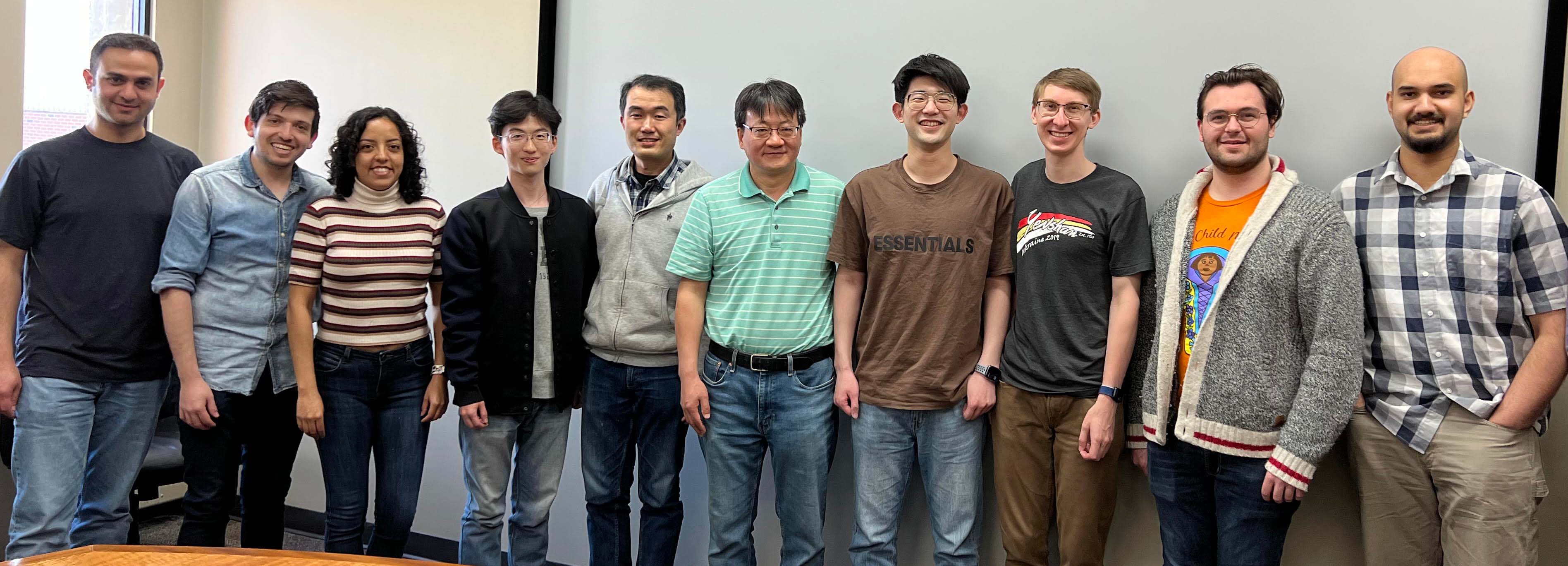Semiconductor Technology And Rad-Effects Research Lab
About Us
The Semiconductor Technology and Rad-Effects Research Lab (STARR-Lab) is located at the University of Saskatchewan in Canada. We are a diverse group of students, researchers, and faculty who study radiation-effects in microelectronics, device reliabilty, and more.
Our research group takes ideas from conception, through to design and implemenation, ending with real-world testing. Over the years we have collected a wealth of experience in semiconductor design and testing.

Experience & Skills

STARR-Lab regularly produces custom-designed test chips at advanced technology nodes, such as 28nm, 22nm, and most recently at the 12nm node.
We have experience in all aspects of the development process including:
- RTL Design
- RTL Verification
- Custom-Cell Layout Design
- Synthesis
- Place & Route
- Top-level DRC and LVS Verification
Much our work and expertise in IC development has resulted in valuable research papers for the radiation-effects community.

STARR-Lab has vast experience in device testing, with a strong emphasis on radiation testing.
Our team doesn’t just conduct tests; we create them. Recognizing the unique challenges of different devices, we have developed custom-designed testing systems that are engineered to provide comprehensive radiation testing.
The University of Saskatchewan has facilities to aid in a variety of device testing, but we also have experience in using beamlines around the world, such as TRIUMF in Vancouver, the Cyclotron at Texas A&M, and the ISIS Neutron Source in the UK.

Our team has developed a range of hardware specifically designed for device testing. This includes custom Printed Circuit Boards (PCBs), necessary cables, and adapters all tailored to meet the demands of rigorous testing processes.
Alongside our hardware, we have also developed software solutions focused on data processing and real-time device testing. This software is essential for analyzing test results and providing clear and precise data interpretation.
Since we largely control both our software and hardware development, integration between the two is seamless and new functions and features can continously be added.
